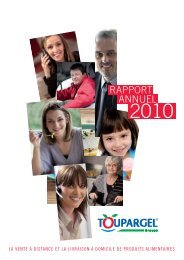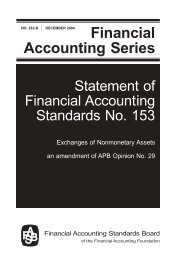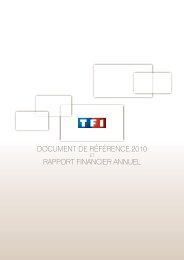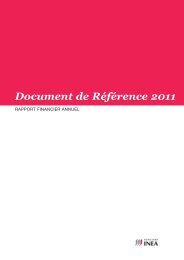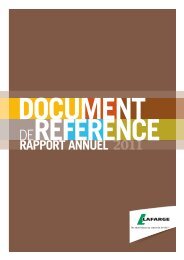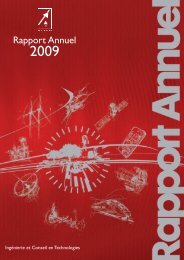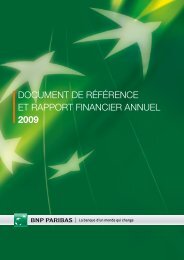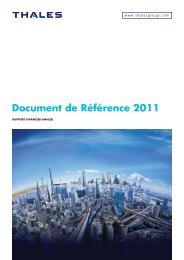Statement of Financial Accounting Standards No. 157 - Paper Audit ...
Statement of Financial Accounting Standards No. 157 - Paper Audit ...
Statement of Financial Accounting Standards No. 157 - Paper Audit ...
You also want an ePaper? Increase the reach of your titles
YUMPU automatically turns print PDFs into web optimized ePapers that Google loves.
asis for determining which <strong>of</strong> those prices are the most advantageous at the<br />
measurement date. The Board agreed that its intent was not to require that entities<br />
continuously search across all possible markets in which transactions for the related<br />
asset or liability can be observed for the most advantageous price for the asset or<br />
liability. To convey its intent more clearly, the Board clarified its view that generally the<br />
principal market for an asset or liability (the market in which the reporting entity would<br />
sell the asset or transfer the liability with the greatest volume and level <strong>of</strong> activity for<br />
the asset or liability) will represent the most advantageous market for the asset or<br />
liability. Accordingly, this <strong>Statement</strong> specifies that if there is a principal market for the<br />
asset or liability (determined under ASR 118 or otherwise), the fair value measurement<br />
should represent the price in that market (whether observable or otherwise determined<br />
using a valuation technique), even if the price in a different market is potentially more<br />
advantageous at the measurement date.<br />
C29. Some respondents further indicated that to achieve consistency in applying the<br />
fair value measurement objective in this <strong>Statement</strong>, the principal (or most advantageous)<br />
market approach should not be limited to Level 1; it is a general principle that<br />
should apply broadly. The Board agreed and decided to expand the principal (or most<br />
advantageous) market approach so that it applies broadly. The Board observed that<br />
because different entities (and operating units within those entities) with different<br />
activities transact in different markets, the principal (or most advantageous) market for<br />
the same asset or liability might be different for different entities. Because financial<br />
reporting is from the perspective <strong>of</strong> the reporting entity, the Board determined that an<br />
exit price should be determined based on the interaction <strong>of</strong> market participants (buyers<br />
and sellers) in the principal (or most advantageous) market considered from the<br />
perspective <strong>of</strong> the reporting entity, thereby allowing for differences between and among<br />
entities.<br />
C30. The Board affirmed that the price in the principal (or most advantageous) market<br />
used to measure the fair value <strong>of</strong> an asset or liability should not be adjusted for<br />
transaction costs. Transaction costs refer to the incremental direct costs to transact in the<br />
principal (or most advantageous) market for the asset or liability, similar to cost to sell<br />
as defined in paragraph 35 <strong>of</strong> FASB <strong>Statement</strong> <strong>No</strong>. 144, <strong>Accounting</strong> for the Impairment<br />
or Disposal <strong>of</strong> Long-Lived Assets, and may differ, depending on how the reporting<br />
entity transacts. In other words, transaction costs are not an attribute <strong>of</strong> an asset or<br />
liability.<br />
C31. In response to related issues raised by some respondents, the Board clarified that<br />
transaction costs are different from transportation costs, that is, the costs that would be<br />
incurred to transport the asset or liability to (or from) its principal (or most<br />
advantageous) market. This <strong>Statement</strong> clarifies that if location is an attribute <strong>of</strong> the asset<br />
56



